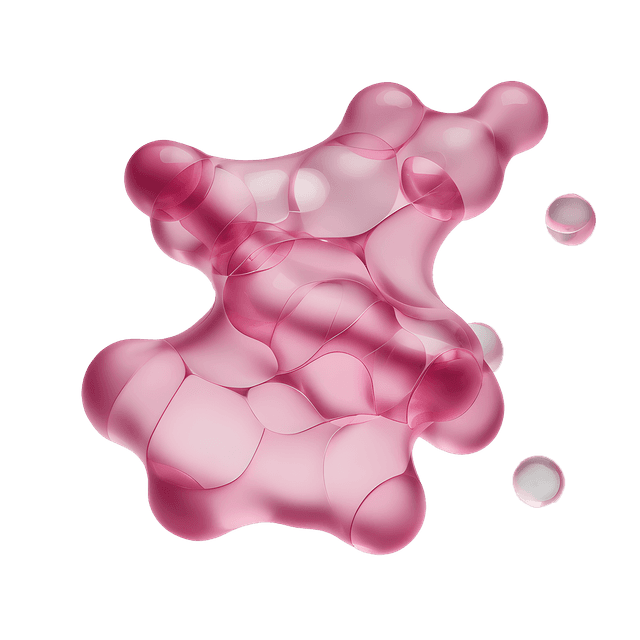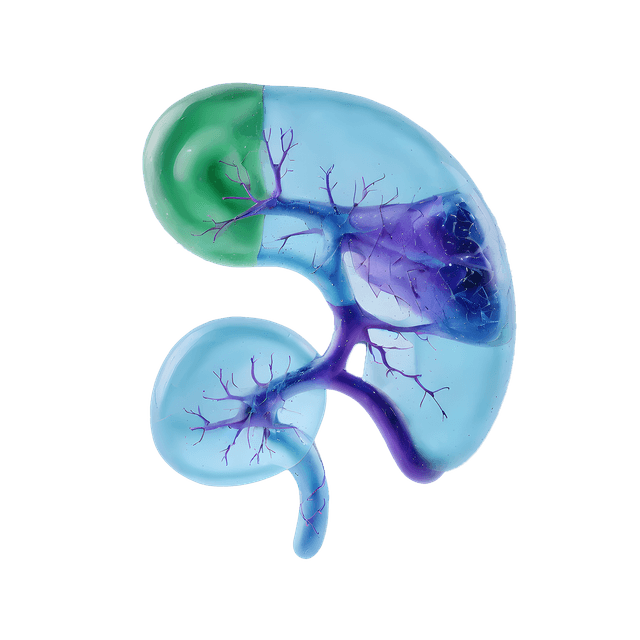Transferrin saturation – an indicator of the body's iron status
What is transferrin saturation?
Transferrin saturation, also called iron saturation, is a blood test that measures how much of the transport protein transferrin is saturated with iron at the time of sampling. Since transferrin is the primary transport protein for iron in the blood, transferrin saturation provides important information about the body's iron status.
Why is transferrin saturation measured?
The analysis is used to:
- Investigate iron deficiency and iron deficiency anemia.
- Assess iron excess, for example in hemochromatosis.
- Identify functional iron deficiency in inflammation and chronic diseases.
- Monitor liver diseases and kidney diseases that affect iron metabolism.
How is transferrin saturation calculated?
Transferrin saturation is calculated using the following formula:
Transferrin saturation (%) = (Serum iron (μmol/L) / TIBC (μmol/L)) × 100
Normally, approximately 25–35% of the transferrin is saturated with iron.
Low transferrin saturation – sign of iron deficiency
A transferrin saturation below 15% is typical of iron deficiency and may be due to:
- Blood loss (heavy menstruation, gastrointestinal bleeding).
- Increased iron requirement (pregnancy, rapid growth).
- Insufficient iron intake (vegan or iron-poor diet).
- Impaired iron absorption (celiac disease, gastric bypass).
Functional iron deficiency
In inflammation and chronic diseases, transferrin saturation may be low despite normal iron stores. This is because hepcidin, a liver hormone, blocks the release of iron from the depots.
High transferrin saturation – sign of iron overload
A transferrin saturation above 50% may indicate iron overload and is seen in:
- Hemochromatosis (genetic disease with increased iron absorption).
- Excessive iron intake (supplementation without medical indication).
- Hemolytic anemia (increased breakdown of red blood cells).
- Liver disease (alcoholic liver disease, hepatitis).
Reference values for transferrin saturation
| Population | Reference range (%) |
|---|---|
| Men ≥18 years | 15–60 |
| Women 18–50 years | 10–50 |
| Women >50 years | 15–50 |
Interpretation of transferrin saturation
| Transferrin saturation (%) | Interpretation |
|---|---|
| <10 % | Severe iron deficiency |
| 10–15 % | Mild–moderate iron deficiency |
| 15–35 % | Normal iron status |
| 35��–50 % | Possibly increased iron intake |
| >50 % | Iron overload, suspected hemochromatosis |
| >70 % | Strong suspicion of hemochromatosis |
Factors that can affect transferrin saturation
- Diurnal variation – iron levels are highest in the morning; sample should be taken before 10 am.
- Diet and supplements – iron-rich food or supplements before sampling can increase the value.
- Inflammation – can give falsely low values despite normal iron stores.
- Liver diseases – can affect transferrin production and give both high and low values.
- Pregnancy and hormones – estrogen treatment and pregnancy can lower transferrin saturation.
Transferrin saturation is usually analyzed in plasma (P-transferrin saturation) or serum (S-transferrin saturation), where the choice of sample type depends on the laboratory's analysis method.
Summary
Transferrin saturation is an important marker for assessing the body's iron status. A low transferrin saturation indicates iron deficiency or inflammation, while a high transferrin saturation may indicate iron overload, especially in hemochromatosis. For a correct evaluation, the analysis should always be interpreted together with other iron parameters such as ferritin, serum iron, TIBC and CRP.


















